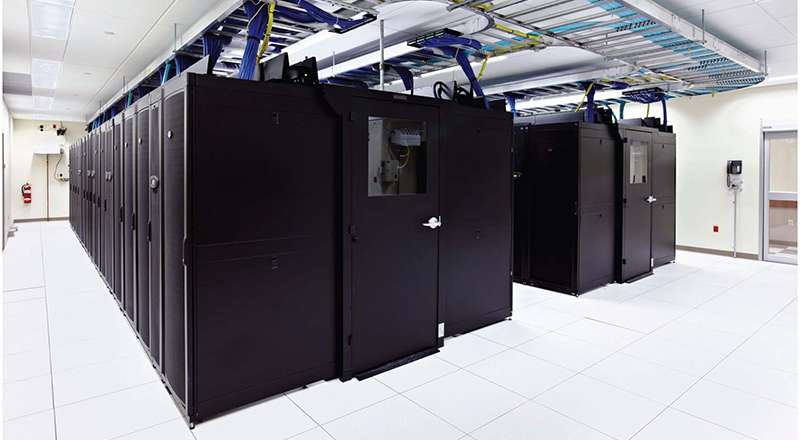We’ve completed dozens of Data Center Sourcing Strategies for clients in a variety of different industries. The most frequently asked question by our clients is “should we build a data center or co-locate.” There are obviously many other issues that need to be addressed to answer that fundamental question such as consideration of Disaster Recovery posture, how to possibly leverage the organization’s existing fixed assets (e.g., existing data centers), use of Cloud computing, migration costs, location, etc.
Usually, these projects are initiated at the executive level by the CIO, CEO or CFO, and delegated to Real Estate, Facilities and/or IT to come up with the answers. Although their knowledge of data center infrastructure and considerations may be limited, executives are confronted with major capital and operational expenditures to support IT growth and are reading or hearing from their peers buzzwords like “Cloud” and “Co-Location”.
It begs the question, “if we go cloud and/or co-location, can we reduce our capital outlay and lower cost of operation?” The answer is, it depends.
Every engagement we take on has a different set of variables, whether it’s a Fortune 50 corporation or a mid-size company. Those variables include:
- Future IT growth and power demand forecast
- Current state of operations and critical facilities
- Prior capital expenditures on new construction or improvements to data center facilities
- Applications being supported from the data center and network impact (for instance, large animation render farms must be in close proximity to the animators due to network latency.)
- Affinity to geographical areas and proximity of IT staff and vendors
To help organizations understand how to address and answer their executives’ questions, Gary Davis and Steve Miano created a presentation for Data Center World entitled “How to Develop a Data Center Strategy.” It walks the audience through the process including identifying the right stakeholders, organizing the project, what areas must be assessed, financial and qualitative considerations, and what the end product looks like. It also includes case studies illustrating to the reader that the outcome can look very different depending on circumstances and variables.
The presentation has been very well received by IT and Real Estate decision-makers. Most importantly, it helps those developing a sourcing strategy anticipate what additional questions might be asked. We’ve done enough of these to know that executive decision-makers may throw a curveball or two, but as long as the most important issues are addressed, the odd request isn’t usually too difficult or time-consuming to field.
If you’re looking to initiate a data center sourcing strategy and don’t know where to start, the presentation is as good a primer as you’re likely to read. You may have the in-house skills and experience to undertake a study using the document as a guide. Of course, if you need help we’re only a phone call or email away.





